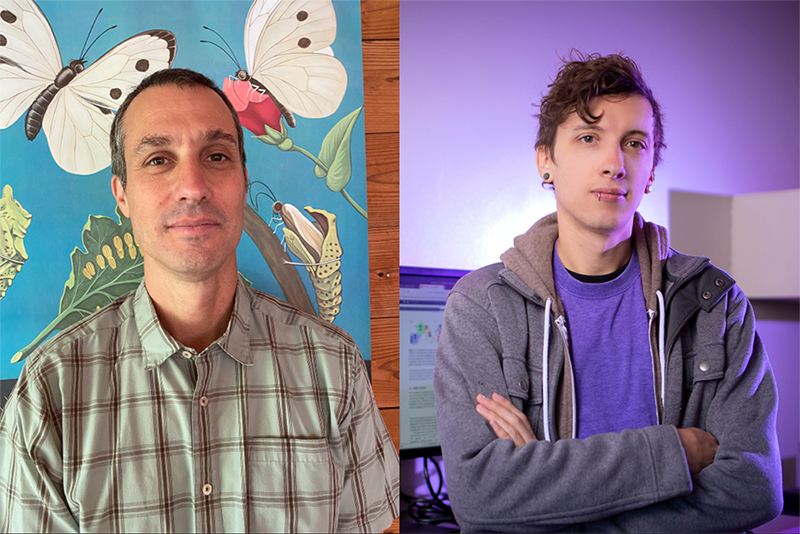A New Approach to Modeling Disease Outbreaks

BATON ROUGE -- LSU disease ecologists Tad Dallas and Bret Elderd have been awarded a one-year, $200,000 grant by the National Science Foundation’s Rapid Response Research program to model the intensity of epidemics or pandemics, like COVID-19, using a suite of disease models.
The Rapid Response Research, or RAPID, award is designed to address issues of “severe urgency … including quick-response research on natural or anthropogenic disasters and similar unanticipated events.”
“(When modeling disease outbreaks, researchers) are using the same models the whole time—at the beginning and throughout the life of the epidemic,” said Dallas, assistant professor in LSU’s Department of Biological Sciences. “What we’re trying to do is to be more flexible with how we think about the epidemic in terms of modeling it and see what different models tell us about potential mitigation strategies.”
As the researchers explain, much of the current pandemic models are based on foundational work done in the 1930s. These models, known as the SIR—Susceptible, Infected, Recovered—models, place individuals in only one of those three compartments. During the beginning of an epidemic when limited data are available, simple models should work best like the SIR model. However, as the epidemic progresses, more complex models may then perform better as more data become available.
“Often what we look for from science is the answer,” said Elderd, associate professor in LSU’s Department of Biological Sciences. “We want to know how many people will get this disease, and we want to know it exactly, but in reality, what we get out of these models is akin to a weather report—the probability that it will rain today—, so there is some uncertainty about the weather forecast. It is important to think about and incorporate this uncertainty into disease forecasts, as well.”
In general, this research will use a multi-model approach that considers a range of mathematical models from relatively simple compartmental models to more complex ones that incorporate age-and/or network-structure based on social contacts. The models considered will provide estimates of important epidemiological parameters, like the R0, along with their associated uncertainty.
R0, pronounced “R-naught,” is a mathematical term that indicates how contagious an infectious disease is. It is also referred to as the disease's basic reproduction number. As an infection is transmitted to new people, it reproduces itself. The R0 tell us the average number of people who will contract a contagious disease from one person with that disease. So that, an R0 above one means that the disease will spread through a community. The key to stopping the spread of the disease is to get reproduction below one.
“It’s like we’re all molecules in a beaker, and we’re all sort of bouncing around each other, and we all have equal likelihood of bouncing into each other,” described Elderd. “If I’m sick, I have the likelihood of bouncing into someone and making them sick. Well, we know that’s not true.
“To a certain extent for some diseases that take off relatively rapidly, it’s not too bad, but we know that you have more interactions with your family, your friends, with your classmates. You have more interactions with your age group. These factors can be important, as well.”
To meet their goals, the researchers will use a Bayesian approach of fitting models to conduct their analyses. A Bayesian approach is used to update the probability for a hypothesis as more evidence or information becomes available.
While the LSU researchers’ work will develop models focused on COVID-19, the models, along with the statistical approaches to fit models to data, will be applicable for future infectious disease outbreaks.